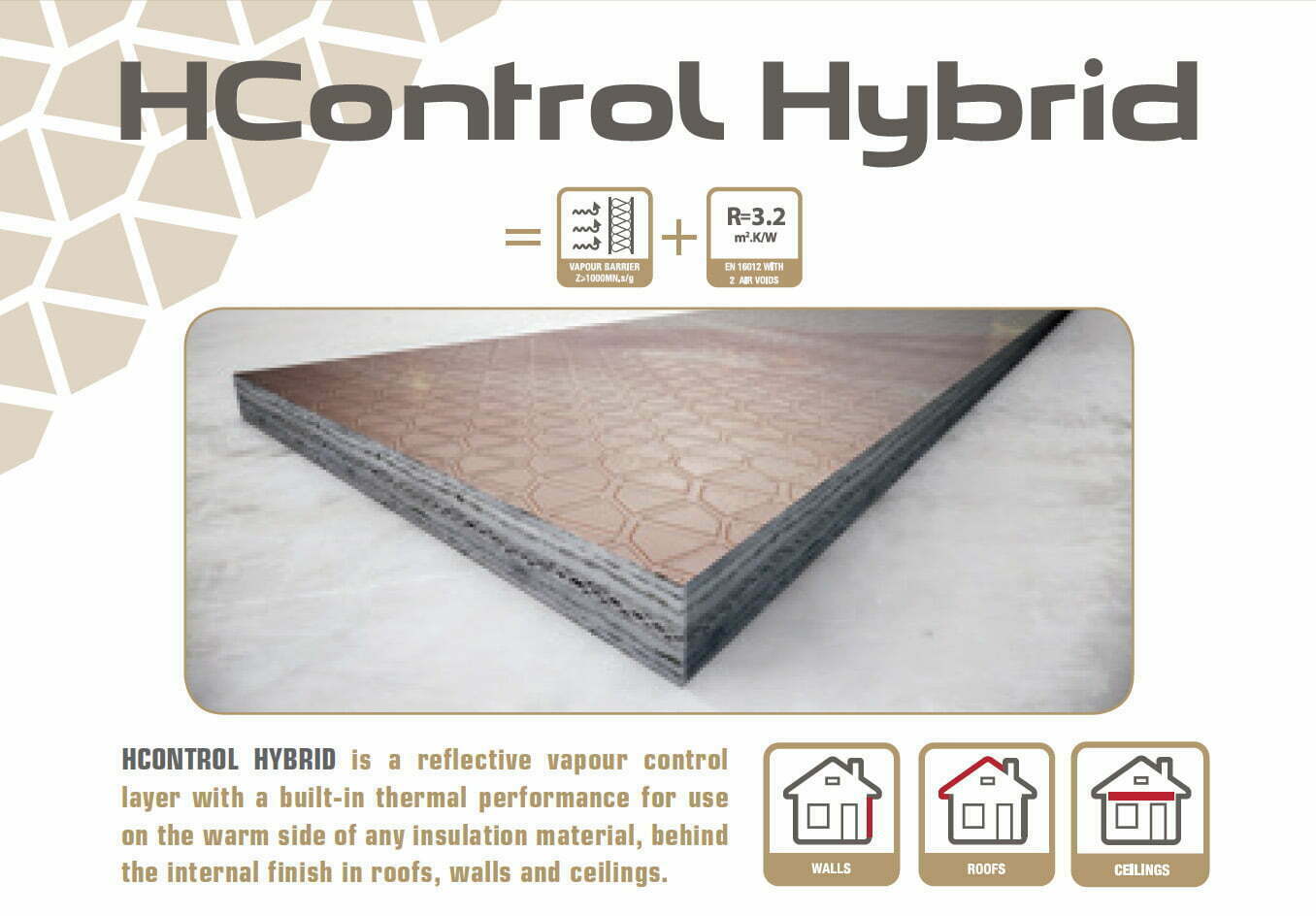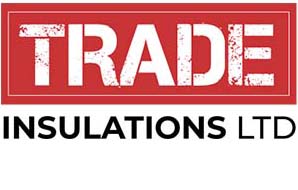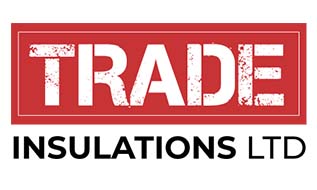We at Trade Insulations like to chat with our suppliers about the technical solutions they offer our customers.
So we’ve been talking to architect Thomas Wiedmer, who’s the UK and Ireland technical director at insulation specialist Actis.
We asked him why it’s a good idea to use a vapour control layer when embarking on a new build or refurb.
Thomas explained: “While there is nothing in the building regulations stating explicitly that a vapour control layer must be used, using one is recommended because it will massively reduce the risk of interstitial condensation.

“Some vapour control layers, such as Actis HControl Hybrid, are dual purpose. While it’s CE marked as a vapour control layer and has a high vapour resistance, it also acts as an insulation, which means the thickness of the main insulation can be reduced to achieve the same required U-value. It’s used on the warm side of any insulation material, behind the internal finish in roofs, walls and ceilings.”
As it provides dual performance within a single product (a vapour control layer and insulation), it means fewer installation steps are required. The 45mm thick, 1600mm wide product can be used in conjunction with any type of insulation and is available in rolls of 10m².
Thermal modelling trials carried out by certification body BM TRADA have shown that Actis H Control Hybrid has a dramatic impact on counteracting thermal bridging and acts as an excellent thermal blanket.
It, along with the other Actis Hybrid products, is NHBC approved when used in accordance with its certification. and has achieved LABC and LABSS registered details. This means it can be accepted by LABC and LABSS building control surveyors in all local authorities across England, Scotland and Wales when used according to the certification.

Videos showing how and where to install H Control hybrid are here: http://hybrid.insulation-actis.com/how-to-insulate-a-timber-frame-wall-with-hcontrol-hybrid/
For more information on the Actis Hybrid range, visit http://www.insulation-actis.com and for bite-size installation guides visit http://hybrid.insulation-actis.com/cutting-hcontrol-hybrid/
Fast facts about vapour control layers
Vapour control layer (VCL)
Aka
* Vapour check
* Vapour barrier
Purpose of vapour control layers
* To prevent moisture-laden air from entering the fabric of the building
* Reduce the risk of condensation
* Prevent build-up of mould
* General air tightness
Location of vapour control layers
* In roofs below rafters
* In timber frame walls, across internal face of studs
* Always on the warm side
Technical information on vapour control layers
* Joints should be lapped and sealed with tape according to the manufacturer’s recommendations
* Various grades available depending on the application
* Reflective VCLs are available, offering additional thermal resistance when combined with air gaps – Actis HControl Hybrid for example
For more information about the RIBA approved CPD visit https://www.insulation-actis.com/news-reader/actis-cpd-joins-stable-of-riba-approved-training-modules.html
And to register now for a free place on one of the sessions visit https://zoom.us/meeting/register/tJMtcOiprzkrEtFugc1Q4RYDsvjj9qIoiaON

